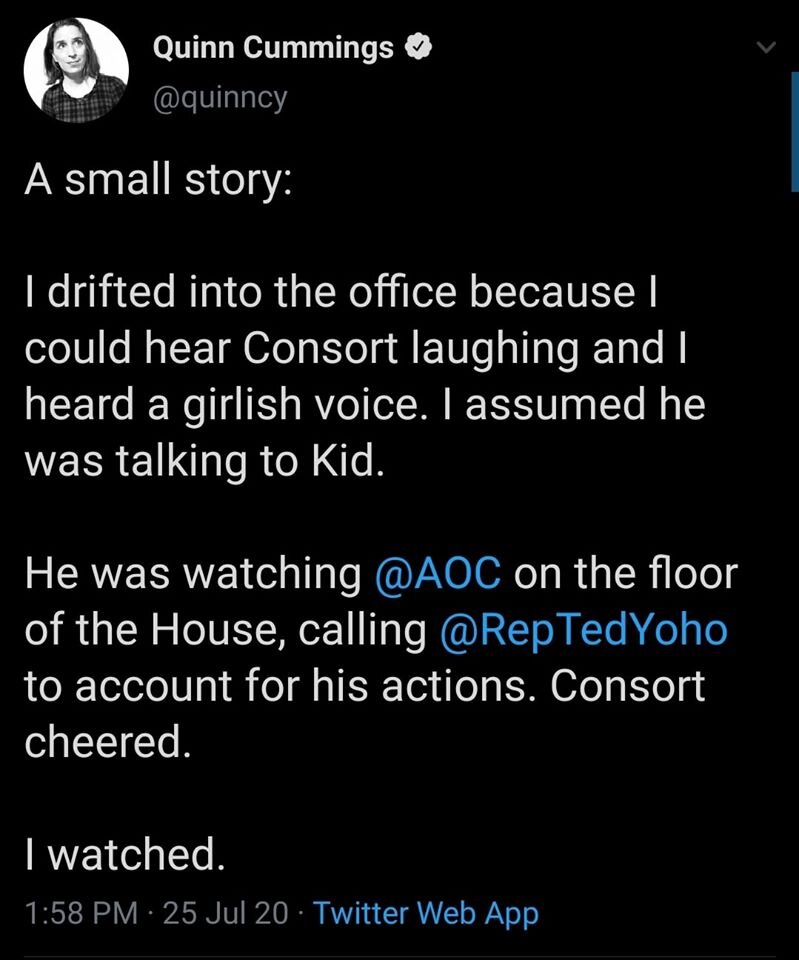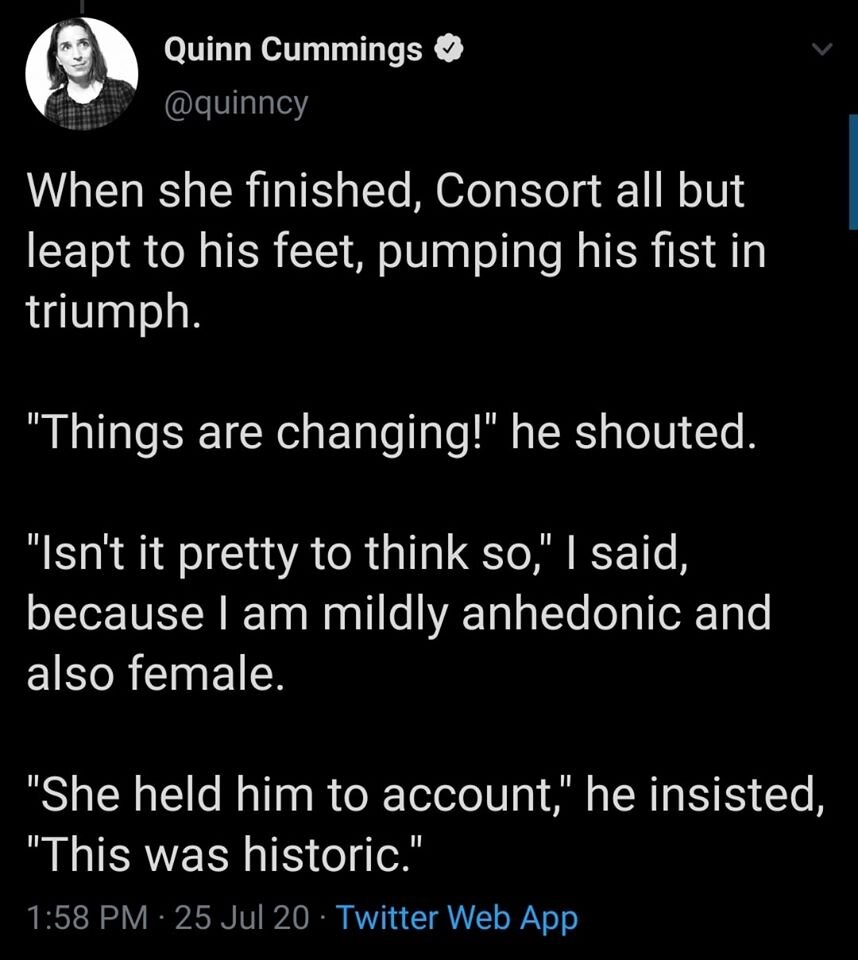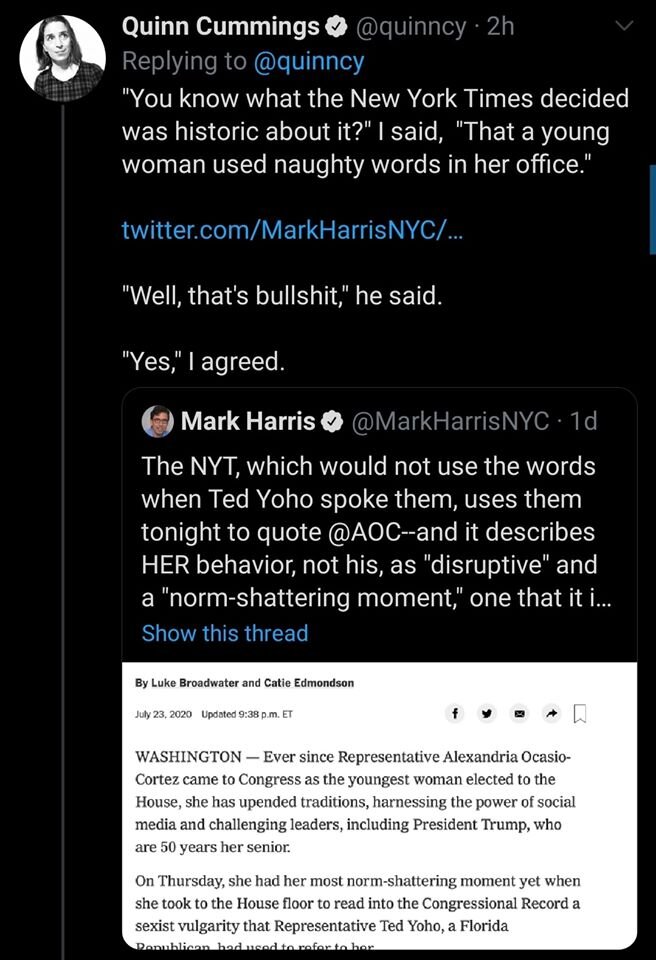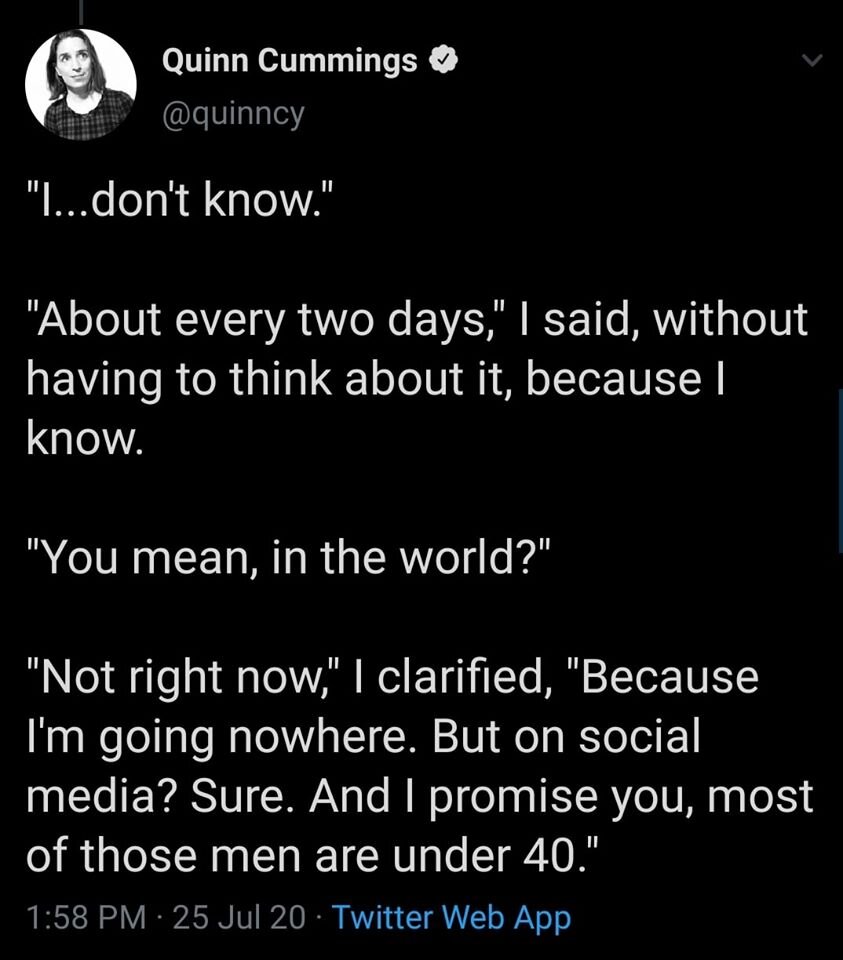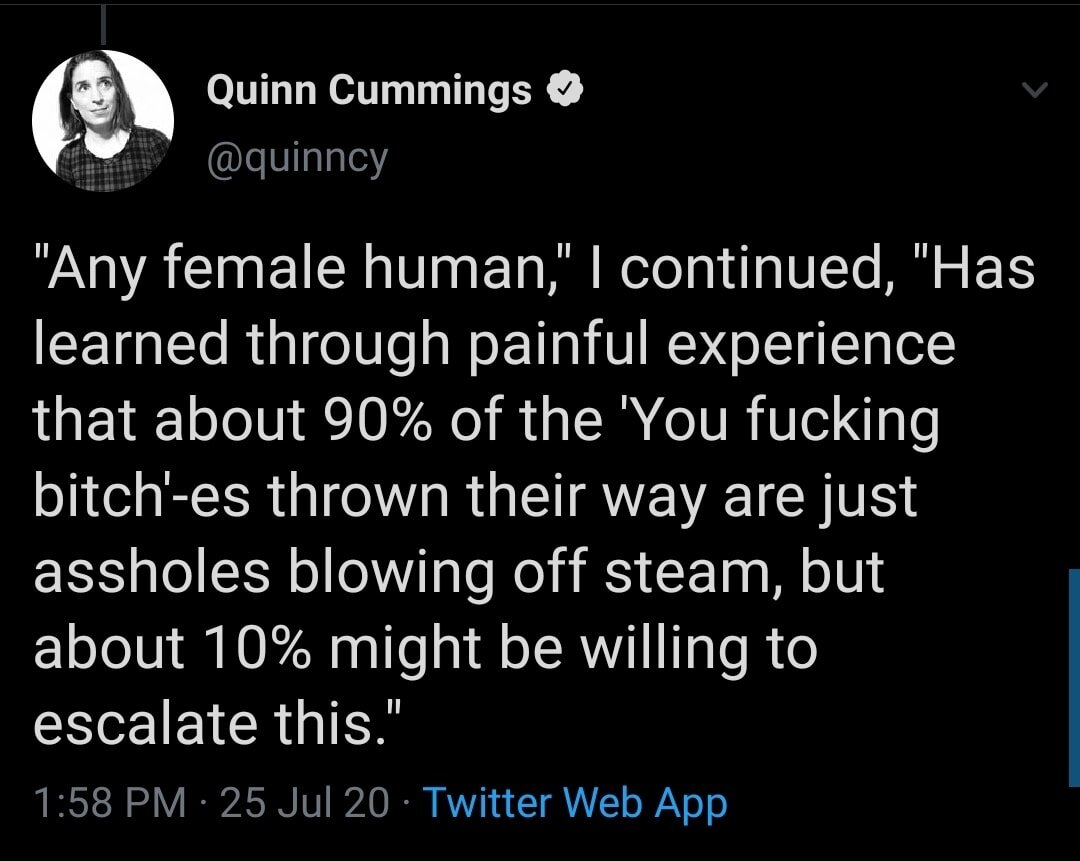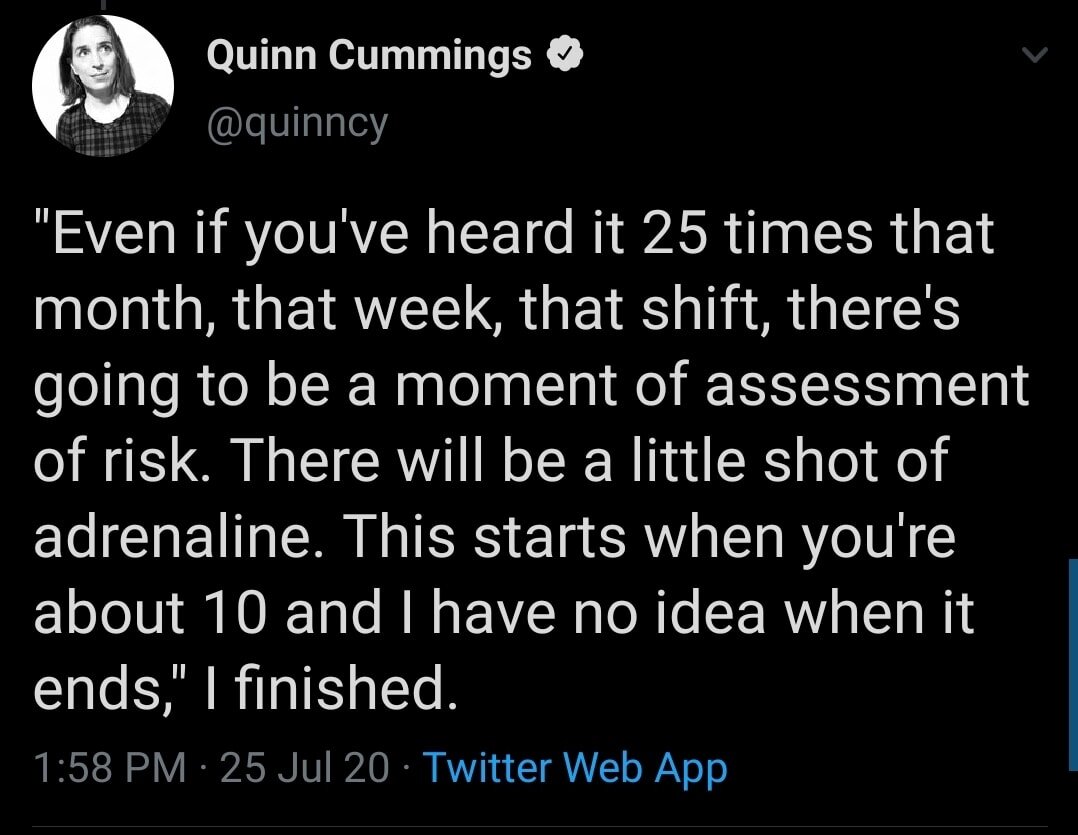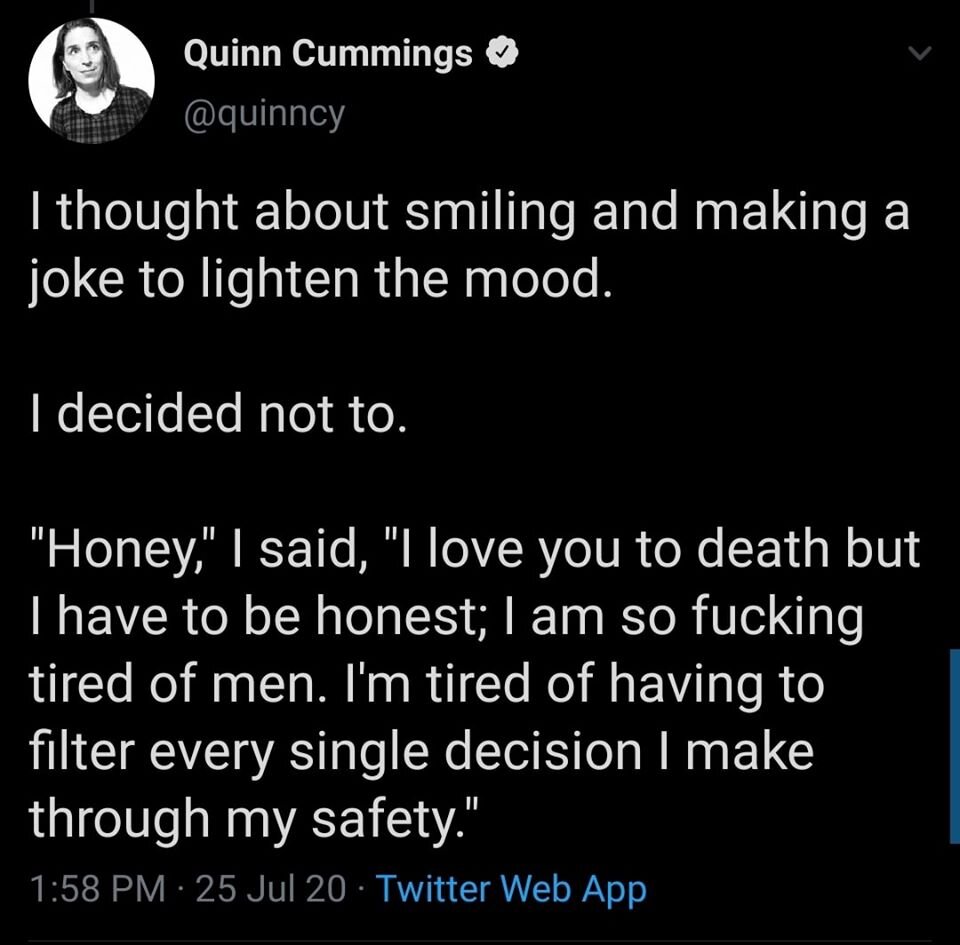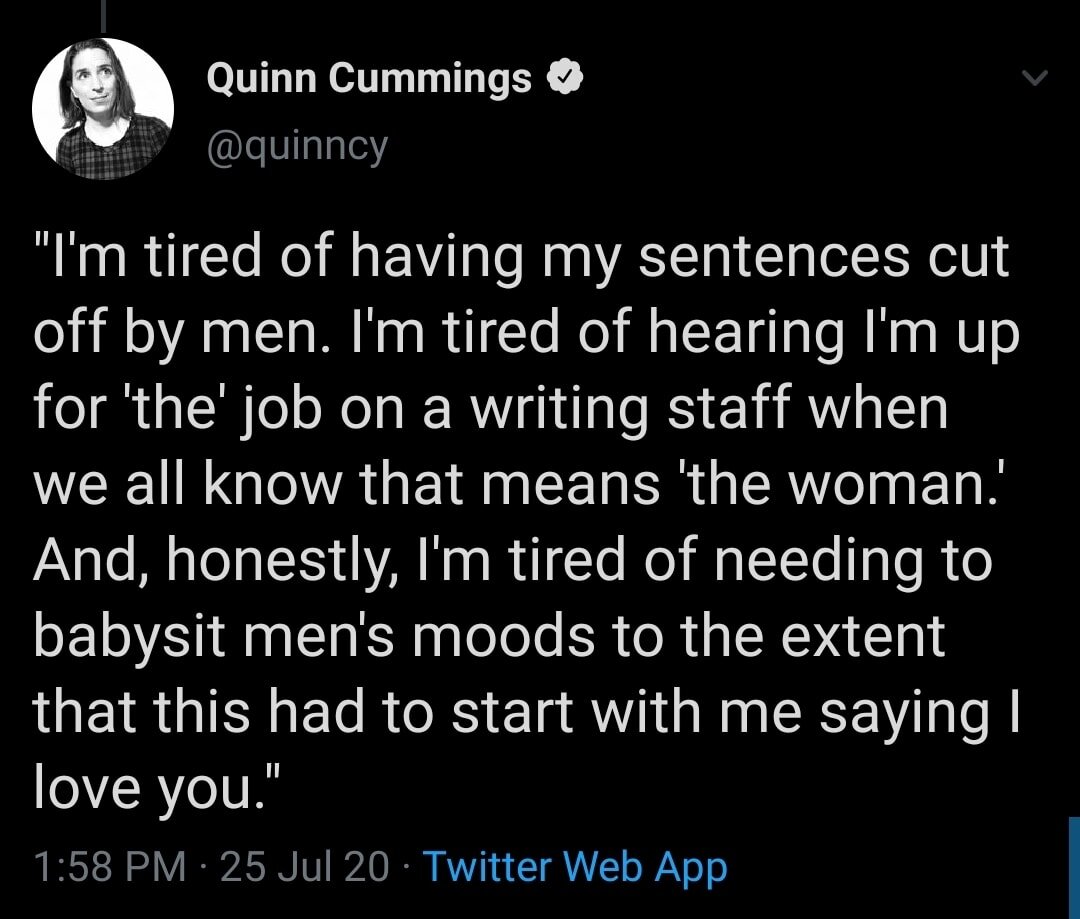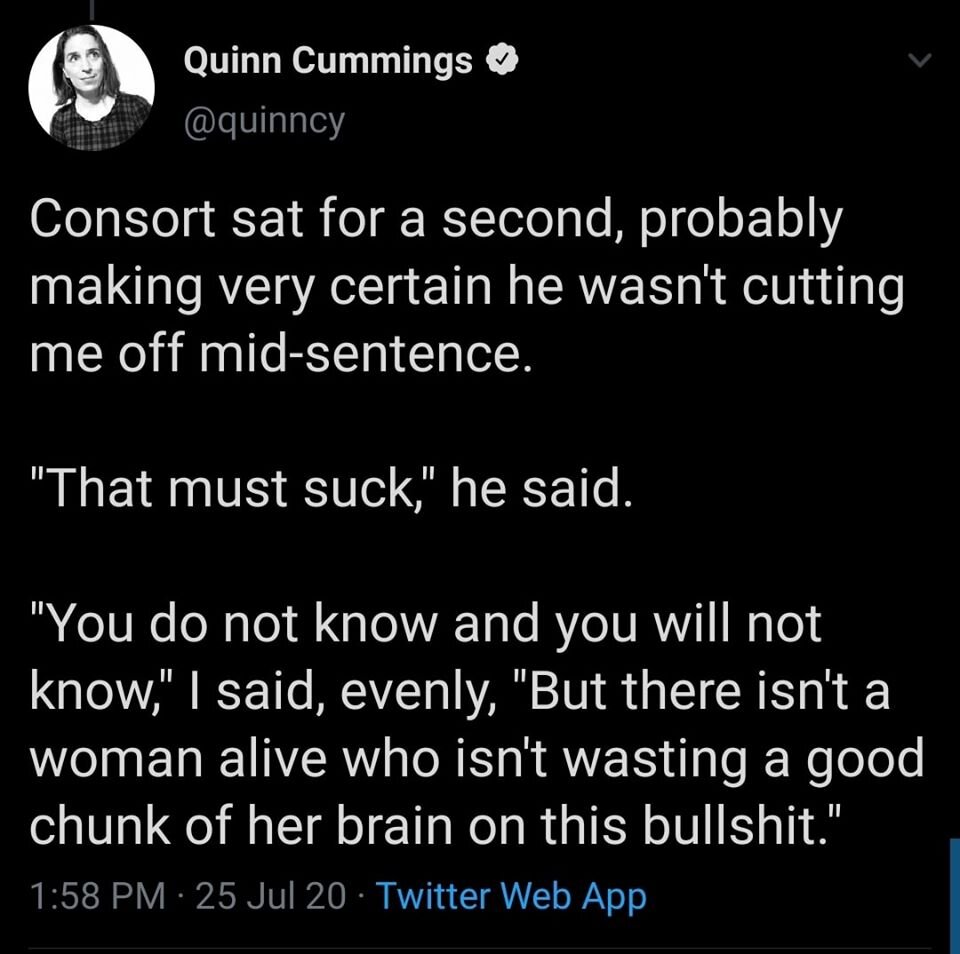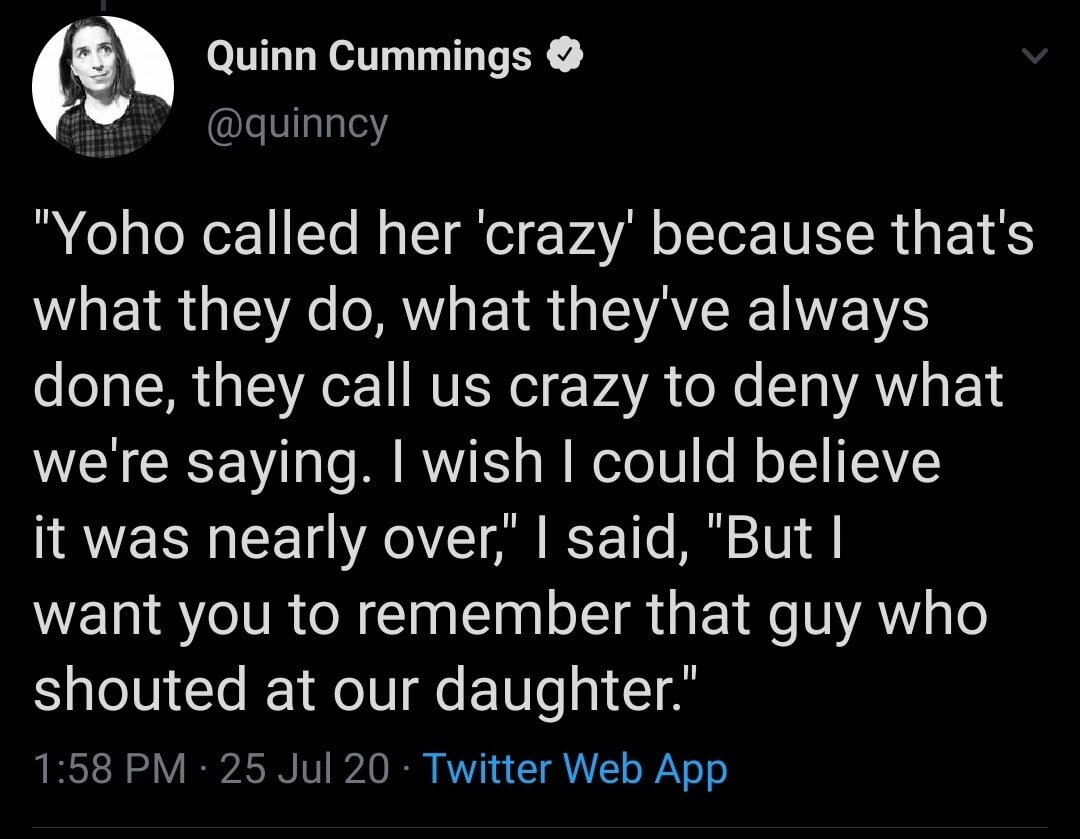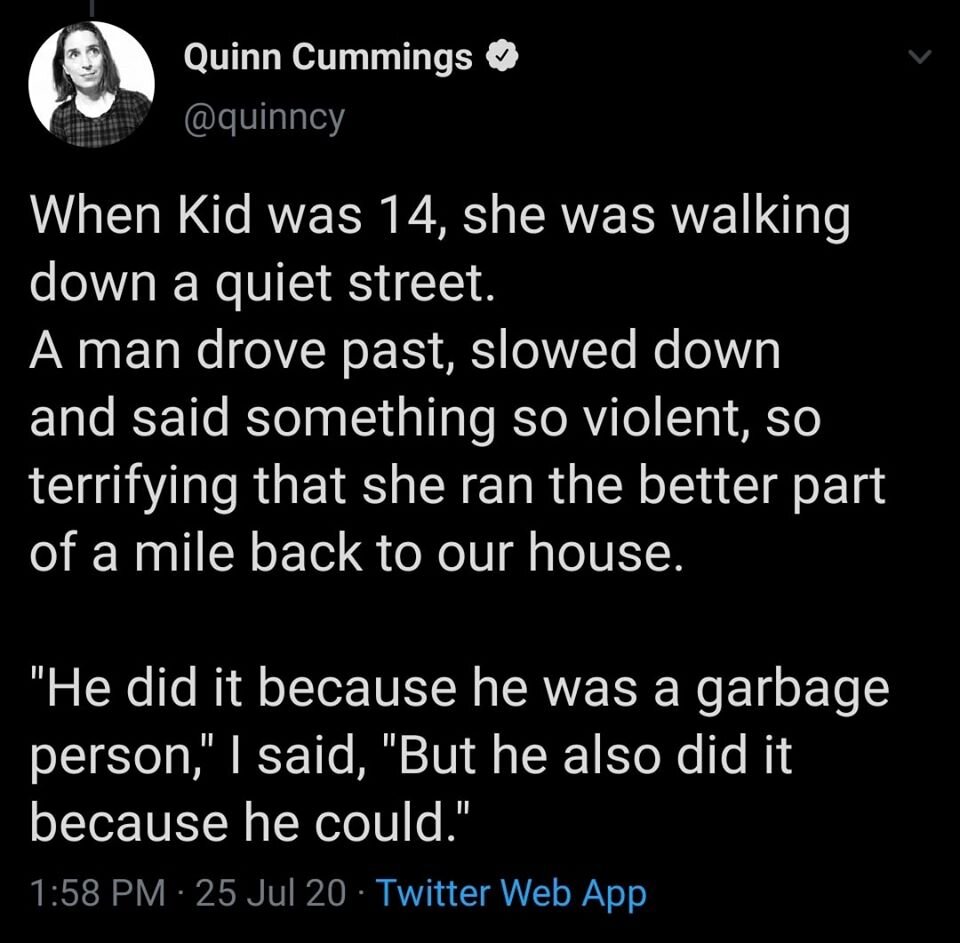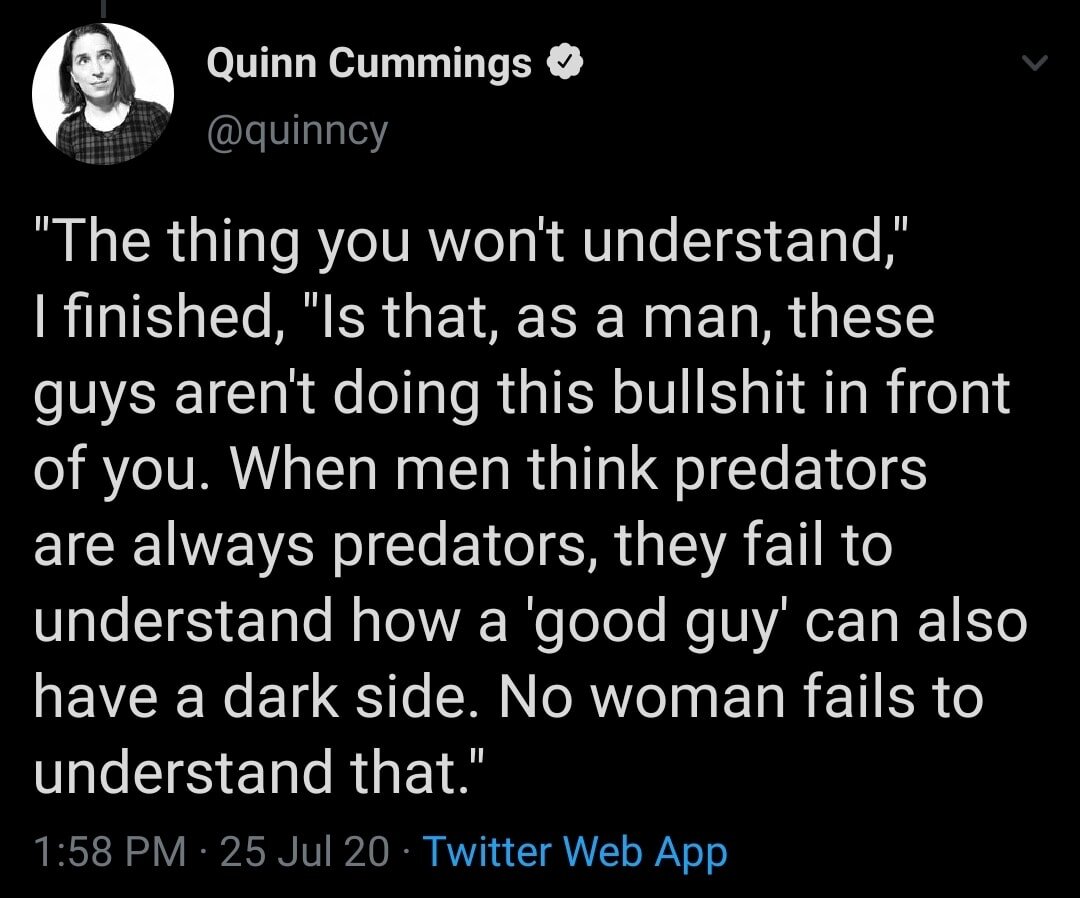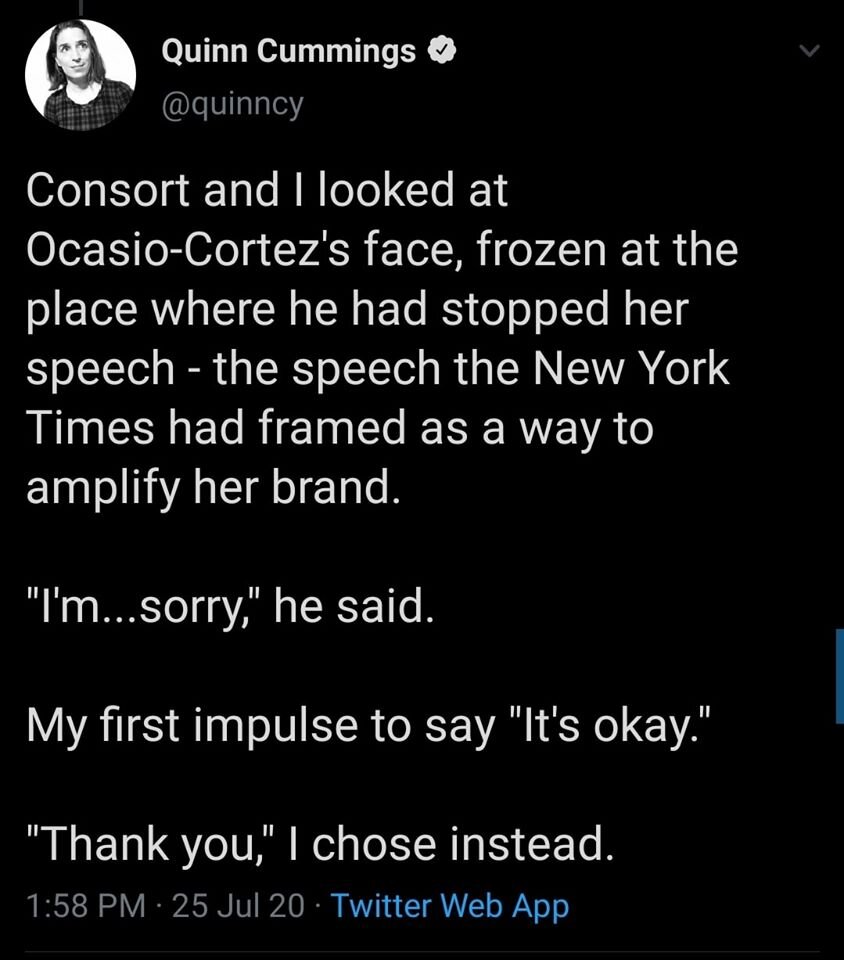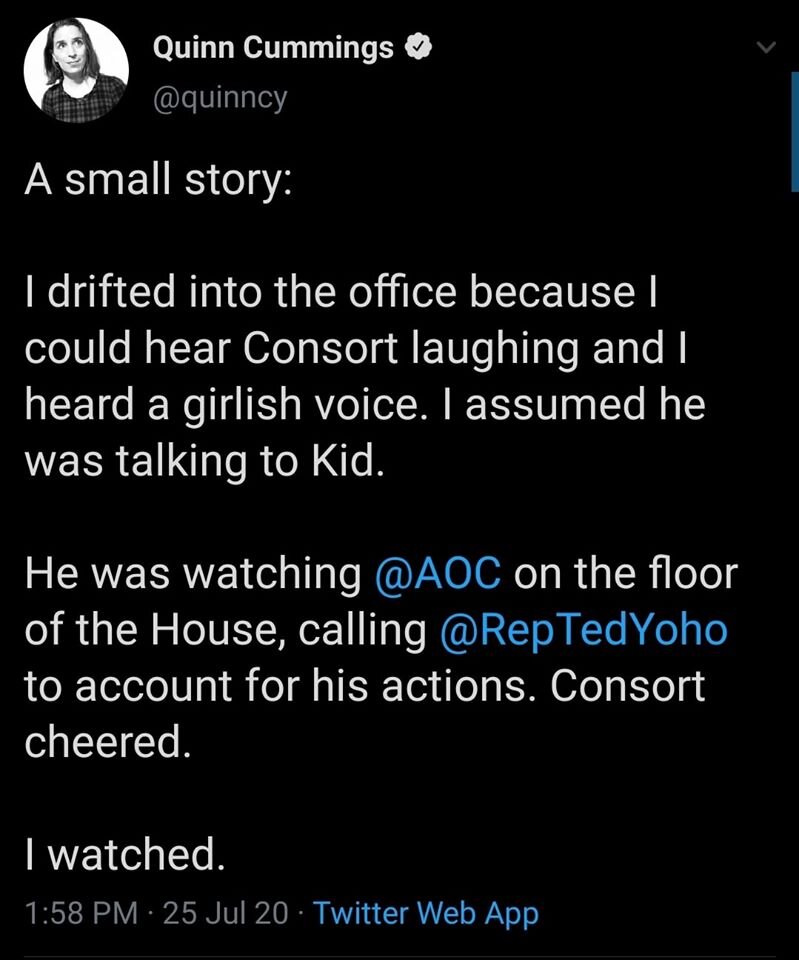This is a survey of the publishing industry—the gatekeepers. And the gatekeepers are not representative of the authors and writers that are out there telling stories.
There are writers of every race, every gender, sexuality, nationality—every possible demographic you can imagine—it’s just that the traditional industry isn’t publishing them.
The key thing to remember here is that traditional authors don’t have any control over their work once they’ve signed over the rights to the publisher. They can ask, request, beg—even hire a lawyer. But once the contract is signed, what the publisher does or doesn’t decide to do with the book is not up to the author.
This includes things like where it’s being sold, how much it’s priced at, whether it’s part of programs like Kindle Unlimited, etc. Once the contract is signed, it’s out of author’s hands, unless they decide to take up the mantle of marketing it on their own.
So what do you do if you want to buy a book from a traditionally published author (remembering of course, that it’s the publisher making the decisions)?
Well, first off, pre-order their book if at all possible. Pre-ordering tells the publisher that people are interested in the book. It’s often used as an early indicator of whether a book will be successful or not. So if a book gets a lot of pre-orders, the publisher is more likely to stock more copies of it and put more money into marketing it.
Similarly, if a bookstore sees that a book has a lot of pre-orders, they’re more likely to order copies of the book to stock and sell, which means more people will see it, which means more sales.
A traditionally published author might only make a few cents from your purchase of the book, but those cents go back to paying back the advance, or to helping the author make a living. Not to mention, every little bit is like a vote. You’re telling the publisher, “I value this author and their work, please publish them again.”
If you can’t pre-order the book, the next best thing you can do is buy it new. Buy it from an indie bookstore if you want to support bookstores in your community, or buy it directly from the publisher. Amazon should be your last choice.
Just remember that every single entity that stands between you and the author takes a cut of that sale: the publisher, the agent, the editor, the distributor, the bookseller. So the more people are in the way, the less money the author makes.
Buying A Book From An Indie Author
In my opinion, Amazon was one of the greatest things that ever happened to the publishing industry.
Of course, indie booksellers and traditional publishers disagree with me on this. But they’re wrong. Here’s why:
Amazon enabled authors everywhere to put their work directly in the hands of the reader. It enabled authors of every nationality, race, gender, ability, sexuality, etc. to say, “You know what, traditional publisher/agent/editor who doesn’t think I’m worth publishing? I don’t need you.”
If you’re a fan of free speech, Amazon’s disruption of the market was one of the best things that’s ever happened, right up there with the invention of paperbacks.
Now, let me just say that I think Amazon is terrible in a lot of ways. They treat their employees terribly. They are a behemoth and a monopoly that needs to be regulated and may need to be split apart.
But they have made a huge and significant difference in the publishing industry, specifically for authors.
So, when someone says “Don’t buy from Amazon!” it always makes my stomach hurt a little. There are so many authors whose only avenue for sharing their work is Amazon. That doesn’t mean it has to be this way, but most authors are one-person teams with limited time and limited resources. So to boycott Amazon, means to boycott them.
And so many indie authors are, in fact, authors of color, LGBTQ authors, authors with disabilities, and other authors who are underrepresented in literature, that by completely boycotting Amazon, you’re saying that the authors who have chosen to use Amazon as their main avenue of making money, are worth less than everyone else.
The truth is, though, you don’t have to buy from Amazon if you really don’t want to. So let me give you a quick run-down of the choices facing indie authors, and subsequently, the choices facing readers. Because once again—it all comes down to where you want your money to go.
First, a high-level overview of the indie publishing process:
It begins with a completed manuscript, just like in traditional publishing. But that’s about where the similarities end.
Next, the author hires their own editors and designers. Common ones include: copy-editor, proofreader, cover designer, paperback designer, and e-book designer. Which ones the author chooses depends on their budget and what skills they have themselves. To hire all of these for an 80k word paperback & e-book is going to cost the author somewhere in the range of $2000.
Next, the author chooses a printer. The two main printers are Amazon (Kindle Direct Publishing) and IngramSpark, though there are other smaller or local printers available (these options tend to be more expensive, especially where shipping is involved).
Next they choose their distributors. Distribution of paperbacks is typically done either through Amazon or Ingram specifically, or direct by the author, meaning they list their books for sale on their website and then do all of the shipping and handling themselves. They may also opt to go to events and sell the books in person. This is time consuming and will significantly drive up the cost of their product, so not all authors choose to do this.
Ingram is the only distributor that offers wholesale and library options, but to do this, authors must decrease the cost of their product. And just because a book is available for wholesale and library distribution, doesn’t mean booksellers and libraries will actually buy the books. Marketing wholesale is a whole other can of worms.
There are many, many, many options for e-book distribution. Authors typically make one of two choices: to distribute exclusively with Amazon or what we call “going wide” (in other words, distributing books at all retailers).
Amazon is the top e-book distributor. They control roughly 80% of the market. This is why authors feel like they have to publish through Amazon.
The other major distributors are Barnes&Noble (Nook), Kobo, iTunes, and GooglePlay.
The benefits to being exclusive with Amazon are significant. They offer several free marketing programs that authors can participate in to distribute their books to a larger audience. The author’s books can also be part of Kindle Unlimited, which is sort of like a Netflix for readers. And, if authors decide to use Amazon ads for their work, they get double the bang for their buck—they can use ads to draw in both KU users and regular buyers.
Going wide means that the author has the potential to hit every single possible market, not just Amazon. This strategy is particularly important for those who want to reach international audiences. Kobo controls 25% of the market in Canada, for example. The challenge with going wide is that it is a lot more work, managing a lot more accounts and platforms, as well as developing different marketing options for all of those markets. Many authors use an aggregator such as Draft2Digital to help manage that, but then the aggregator takes a cut of sales.
As you can see, the process is difficult. The decisions the author has to make are difficult. There are many different directions they could choose to go.
A few pros of indie publishing:
Rights: the author gets to keep all rights to their work. That includes every physical edition (paperback, hardback, special and limited editions), merchandising, TV & movies, other language, audio, video games—whatever you can think of. The author can choose to keep or sell those rights.
Control: an indie author has complete control over the story, the editing, the quality of the product, their business model, marketing, events, engaging with readers, and pretty much every other angle you can think of. I know authors who hand bind their own books. Others hire local printers. Others use print on demand. Some choose to only make e-books available, and skip the paper versions entirely. Some write to market, and can pivot on a whim. It’s because they have complete control.
Time: an indie book can be written and published in a month (depending on the author and their process). There’s no waiting around for agents or publishers or anybody else.
Royalties: an indie author gets to keep all the royalties. If they sell direct, that’s 100% of their earnings. Amazon takes 30% of most e-books, so the author gets to keep 70%. Other distributors might take a cut as well, but regardless, the author gets to keep the majority. There’s no middlemen to get in the way.
In fact, I make more money when you buy an e-book from me than most traditionally published authors make from a hardcover. If you buy a $20 hardcover and the trad author gets 8% of that—that’s $1.60. If you buy a $3.99 e-book from me, I get $2.70. If you buy my $3.99 book on Amazon, and I use Draft2Digital as my aggregator—I still get $2.39.
When you buy from an indie author, you cut out most of the middlemen. You can buy more books, spend less money, and the author will get more. Keep in mind that buying a more expensive book does not mean that more money goes to the author.
So, if you’re looking for the best ways to buy a book from an indie author—buy direct. Buy on Amazon. Or buy on their preferred retailer (if you know what that is). Regardless of which option you choose, the author will retain the majority of the earnings.
The Stigma of Indie
I do want to address the stigmas associated with indie publishing. I’ve had people say to me “Oh, so you’re not a real author,” when they find out I’m an indie author. Or claim that all indie books are bad products or poorly written or full of errors. Or that indie authors are vain and impatient, unwilling to work within the system.
Honestly, believe what you like.
But it’s not true any more.
Plenty of systems have been put in place to increase the quality of indie books. Amazon now has a system to review a book for errors. And readers can report errors to the platform if they find them in a book. Of course, this is a double-edged sword, because some reviewers report stylistic choices instead of errors… but I digress.
The review system has been hugely helpful. Reviewers will write, “this book is poorly edited” and then if several other reviewers confirm it, people stop buying it, its ranking plummets, it stops showing up in search. Again, this can be a double-edged sword for authors, and it doesn’t always work properly, but it’s helpful for readers.
In addition, there has been a push in the indie community as a whole to hire editors and book cover designers. There has been a push within the community for indie authors to hold each other accountable.
I’d also like to point out that there are plenty of traditionally published books that have errors and typos. I like to circle them in red pen because it makes me feel better, lol. There are plenty of traditionally published books with bad covers or bitmappy illustrations. And there are plenty of trad books with terrible stories or poor printing quality.
I'd also like you to consider indie creators in other industries. Would you refuse to eat food cooked by a local restaurant that isn't a big chain? Avoid listening to music that isn't backed by a major label? Refuse to buy art from a painter who doesn't work for Target or Home Goods, or isn't showing in a major gallery? So why then, only read books by traditionally published authors?
The stigma, while it has begun to fade in recent years, is real. But it doesn’t have to be.
On Indie Bookstores
Readers tend to love indie bookstores. As well you should. They are wonderful additions to the community. They have events. They engage with readers and encourage reading. And they are run by people who are obsessed with books and reading.
Indie bookstores are a small business, just like authors. And indie bookstores and indie authors are, well, usually in conflict with each other.
Because we are competitors.
In my experience, it is a rare bookstore indeed that is willing to stock an indie author’s books. When they do, it’s because the books are by local authors. I have actually had an indie bookstore owner tell me to my face that they wouldn’t stock the books of any author who works closely with Amazon.
I get it. Amazon has put thousands of indie bookstores out of business.
But I also struggle with the hypocrisy of a small local business encouraging their community to “shop local” but then only selling books published by the Big 5.
There a few points of contention between indie bookstores and indie authors:
Indie authors publish primarily through Amazon, which is the biggest competitor of indie bookstores
Only a small portion of indie authors sell their books at wholesale cost, which an indie bookstore needs in order to make money selling indie books
Indie authors control their own work, editing, and design, which means extra steps on behalf of the indie bookstore to ensure quality
Indie bookstores are gatekeepers between the author and reader, and one of the main reasons indie authors went indie in the first place was to avoid gatekeepers
So, by all means, support your indie bookstores. But remember that the indie bookstores rarely support indie authors. And that’s okay. They exist to serve a specific purpose, and that purpose is not to serve indie authors.
But when you’re talking about where and when and how to buy books, please don’t leave indie authors out of the conversation.
The Plight of the Author
I’m going to risk sounding like a whiny child for a moment here.
I just want to make it clear that authors have gotten the short end of the stick for decades when it comes to publishing. Whether they’re working with a trad publisher and getting miniscule portion of the profits, or have published indie and had to deal with social stigma against indie publishing, or behemoths like Amazon who we rely on for distribution pushing us around, stuffing our books in a dungeon, or banning us without telling us the reason why, all most authors want is to write books and share them with people.
The industry likes to tout major authors with huge names as being success stories that everyone can strive for, but the truth is, the majority of authors never “make it.”
Think of all of the famous authors you know who are currently alive. Now think of all the famous musicians you know who are currently alive.
Tell me: which list is longer? And by how much?
Obviously, this is only a very unscientific anecdotal test. But there is other data out there. Out of all 2,825 billionaires in the world, only two of them are authors (and one of those inherited her billions; also, there are over 45 thousand writers in the US alone—you can do the math on your chances here). And there are fewer than 20 authors who have made over 100 million. Compare that to musicians: 3 billionaires, and dozens who have made over 100 million.
There are only 9 authors who have sold more than a million copies of a book: JK Rowling (the only author to have become a billionaire from books and related income), Stephen King, Dan Brown, Stephanie Meyers, Stieg Larsson, Philip Pullman, Julia Donaldson, Khaled Hosseini, and Fielding. [Source]
Meanwhile, Barnes and Noble was just bought for $638 million (and is probably worth a lot more). Amazon is worth billions and Jeff Bezos is set to be the world’s first trillionaire by 2026—and he started his path with us. Authors. Indie publishing. E-books.
The system has never been for us. We’ve always been at the bottom of the food chain.
Most authors make pennies on the hour for their labor.
And when we complain, people say, “well, you should write better books then,” or “You’re doing it wrong,” or “that’s what happens when you’re running your own business—tough luck.”
Everyone wants to make money off of us, which means no one wants to pay us.
But guess what. We’re going to keep doing it anyway. Because most of us are not in it for the love of money. We’re in it for the love of writing, storytelling, and art.
But that doesn’t we aren’t going to fight back either.
My brother, who is a music producer in Nashville, and I have had many conversations comparing the indie publishing world to the indie music world. There are a surprising number of similarities, it’s just that indie music is 10 or 15 years ahead of indie publishing. But the thing I hate the most is people who will go nuts for indie musicians, turn around and talk shit about indie authors.
Being indie isn’t easy. You work all the time. You have to suck up every loss. There are always people who hate your work, or even hate you specifically.
But I think most of us are going to keep doing it anyway.
And if you’re a reader, a person who loves books, and who cares about authors and the industry enough that you’ve made it this far in my blog post, lol, thank you.
Thank you for reading.
Thank you for buying books.
Thank you for caring enough to learn how it works.
And know, that no matter how you choose to buy a book, the large majority of authors are grateful for your support, one way or another.
